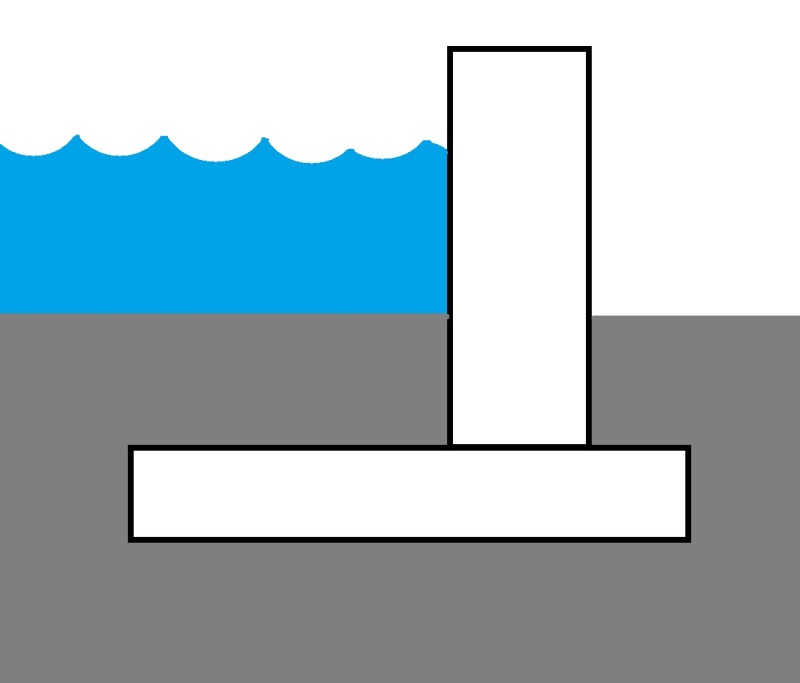precast78
Structural
- Aug 12, 2013
- 82
At first when I did the overturning calculation and the sliding calculation, I added the weight of the water above the heel like if I was designing it to retain soil. But the more I think about it, I feel like I should not. If I do not add the weight of the water, it seems impossible to do this. Basically we want to build a secondary containment at a chemical plant. We want to build a wall around a large tank to make sure we can contain the largest tank if it breaks. Do you think I can use the weight of water above the heel?

